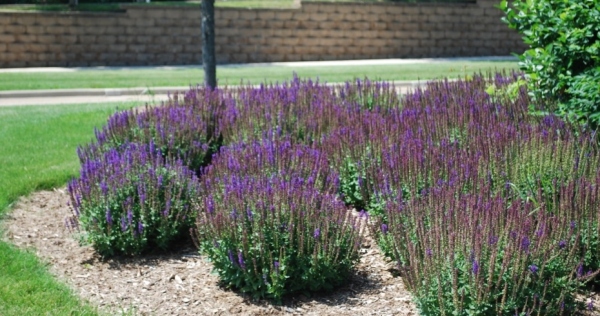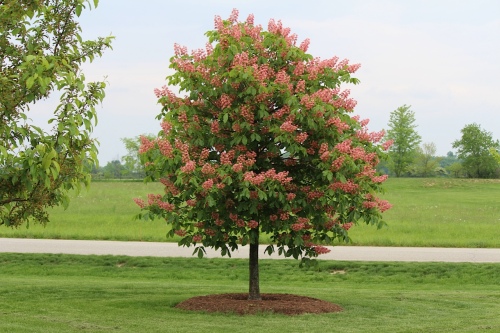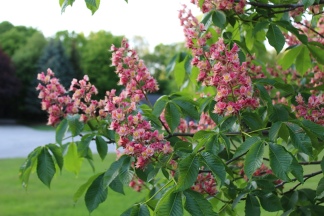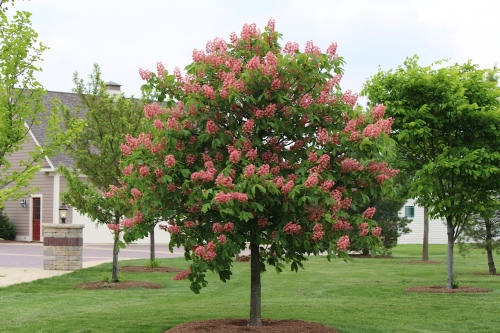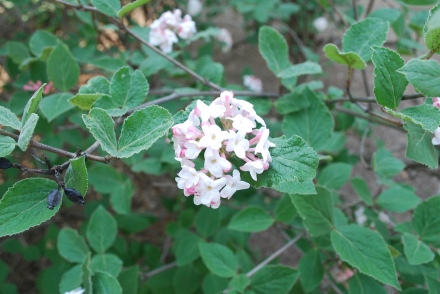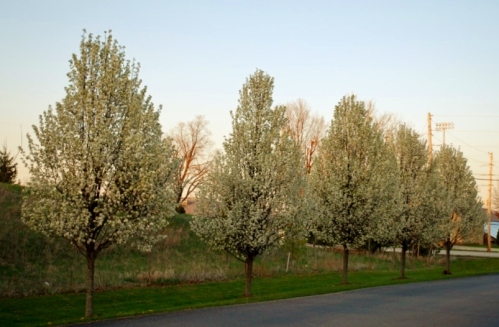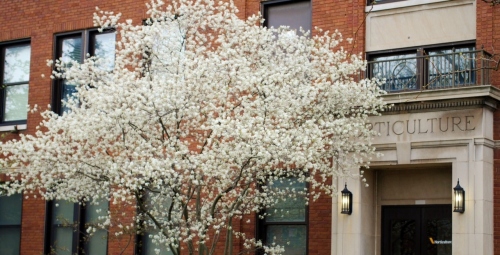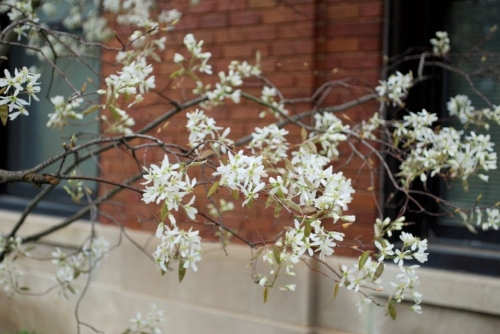GardenArt’s Plant of the Week:
Salvia Nemorosa; Meadow Sage/Perennial Salvia
Yes, there is a perennial Salvia.
This is a relatively short perennial, generally a reliable long-term performer. While many cultivars exist, the best known are May Night, East Friesland and Caradonna with their electric purple blooms.
The foliage is perceived by some as course, so take a look at the leaves before you install it. The foliage is also fragrant. Cultivar heights range from 16 to 18 inches (East Friesland) to the larger of the cultivars at 24 to 30 inches (Caradonna). This is a plant that will repeat bloom once dead-headed (removing the expired flower blooms). The dead-heading will also enhance the general appearance of the plants.
There are other cultivars offering alternative bloom colors. Blue Hill has a light to medium bloom color and new cultivars are coming to market on an annual basis. A word of caution with new cultivars: don’t plant copious quantities of new cultivars. A single plant or a small grouping is the best method for new plant evaluation.
Salvia Nemorosa is an excellent perennial to kick off the bloom in your perennial border as well as to pick up the color once the spring bulbs are done blooming.
The easiest way to set up a meeting with the GardenArt team to discuss your vision for improving your outdoor living space is to fill out the simple GardenArt contact form, click HERE. Do it today!
Join GardenArt online and help us — Make Customers for Life.
 |
| West Lafayette Landscape Architects & Designers |

